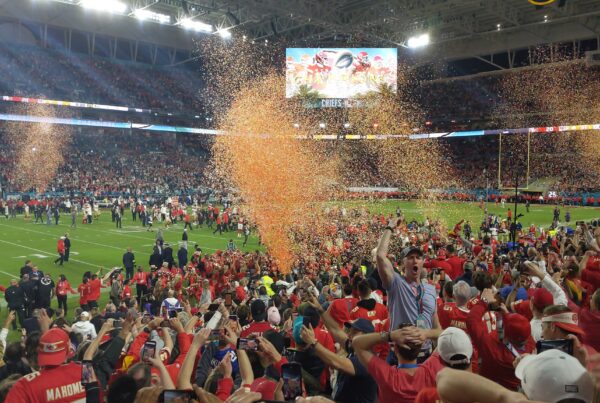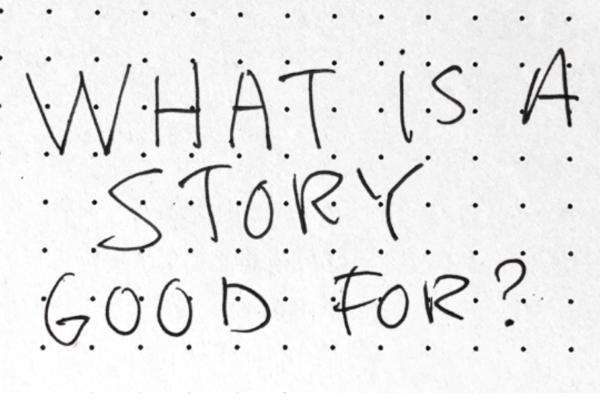This week we are excited to feature a blog post written by our (super amazing) storytelling partners, Rachel Healy and Liza Hoos.
When we read their post, we practically begged them to let us share it. If you’re in the marketing industry, you have hopefully met clients with a big, beautiful vision to impact the world. If you are one of these clients, read on to learn how focusing on a targeted communication goal is the most effective way to inspire your audience to join your cause.

If your marketing material is going to pack a punch, each piece has to have a precise objective.
Consider the anatomy of an email:
- Goal of the subject line: Get the recipient to open the email
- Goal of the first line of the email: Get the recipient to continue reading
- Goal of the email’s call-to-action: Get the recipient to click the link or button
The subject line’s job is not to get the recipient to open the email and click through to the landing page.
“Why” comes before “what”
Video is no different. Whether you’re profiling a team member, promoting an event, or educating about an issue, each video should have one job. That may be to:
- Raise awareness
- Build trust or esteem
- Establish authority or leadership
- Increase signups
- Encourage shares or comments
- Increase website or in-person visits
- Increase donations
When you’re clear about that job, it guides the entire process, from pre-production to distribution.
“But our video needs to achieve more than one goal”
“We want to increase enrollment and get people to sign up for our newsletter.”
“We’re trying to raise awareness about our organization, but we also want people to know about our upcoming campaign.”
Yeah, I get it.
When I was a 6-year-old soccer player, I had a similar challenge. I was an overzealous left midfielder who couldn’t stand still on the field. If I saw the ball moving, I went after it with reckless determination.
One day the coach steered me by my shoulders to a section of the field and said, “Stay here. Watch the ball. When it comes your way, that’s when you go after it.”
My coach had delivered an important lesson — not just in soccer but in life. It wasn’t my job to control the ball at all times. When I tried to do that, I was terribly ineffective.
Video functions the same way. When it has more than one primary goal, its potency is diluted.That’s because simplicity drives decision-making. And consistency increases message retention.
An example from the Super Bowl
Hyundai’s 90-second Super Bowl ad, which was actually filmed during the game, documents an unexpected reunion of soldiers and their families.
Was Hyundai’s goal to get people into the dealership? To make viewers want a 2017 Sonata, which is both beautiful and economical?
Nah.
They wanted people to make a connection between the brand (Hyundai) and the feeling (inspired, nostalgic, heart-warmed). They wanted viewers to walk away with the idea that Hyundai is making the world a better place. That’s why you don’t see any cars in the ad.
Google’s ad showcasing their commitment to diversity probably has a lot of ideal outcomes: recruit top talent, elevate public perception, increase signups for trainings and programs. But what’s the primary goal of this video?
It’s for viewers to visit google.com/diversity. That’s it. The interviews serve as a way to pique interest and personalize the brand, but in the end, the video is asking you to do just one thing.
Make it work
If you have more than one goal of equal importance, consider creating another video or piece of content. If you have a long list of objectives, consider creating a landing page, microsite or, better yet, a longer documentary to take that on.
Video may be a marketing workhorse, but it can’t do several jobs at once.





